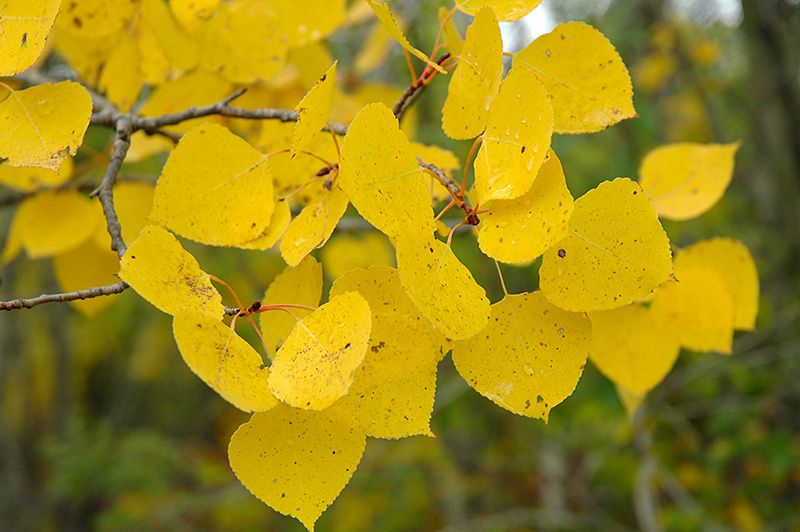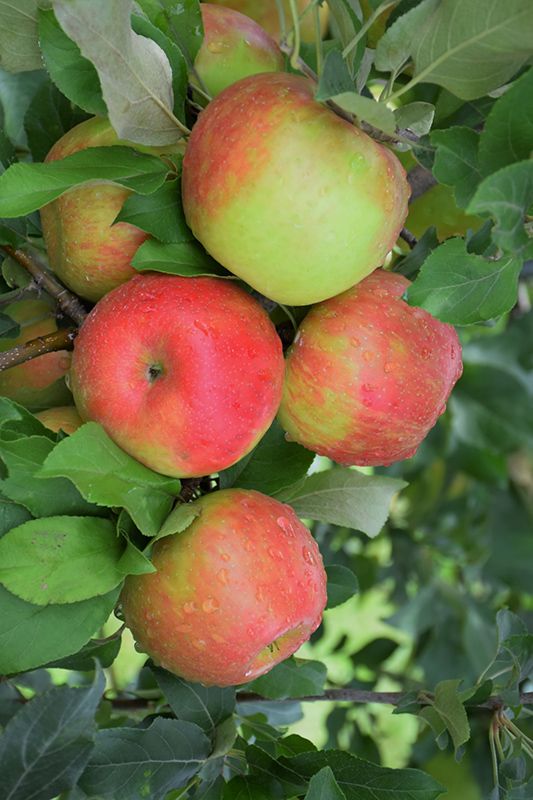Abies, White Fir 'Blue Cloak' (Large)


- Sun Preference
- Full-Sun
As low as $538.00
Description
A pyramidal compact form of the popular white fir featuring thin, powder blue needles on gently weeping branches; an excellent addition to the garden for all-season color; avoid hot or dry, windy sites
Minnesota's Largest Selection of Trees
At Minnesota's Destination Garden Center, we offer a diverse range of trees to suit any landscaping need. Whether you're looking for shade trees to cool your home or ornamental trees to add beauty and interest, you'll find the perfect tree at Gertens. Our knowledgeable staff can help you select the right tree for your space and provide tips for care and maintenance. Visit Gertens today and explore the unmatched variety of trees to enhance your outdoor environment!
Details
Blue Cloak Concolor Fir | Abies concolor 'Blue Cloak'
Height: 10 feet
Spread: 4 feet
Sunlight:
Hardiness Zone: 4a
Other Names: Silver Fir, White Fir, Colorado Fir
Brand: Monrovia
Description:
A pyramidal compact form of the popular white fir featuring thin, powder blue needles on gently weeping branches; an excellent addition to the garden for all-season color; avoid hot or dry, windy sites
Ornamental Features
Blue Cloak Concolor Fir is a dwarf conifer which is primarily valued in the landscape or garden for its distinctively pyramidal habit of growth. It has attractive powder blue evergreen foliage. The needles are highly ornamental and remain powder blue throughout the winter.
Landscape Attributes
Blue Cloak Concolor Fir is a dense multi-stemmed evergreen shrub with a distinctive and refined pyramidal form. Its relatively fine texture sets it apart from other landscape plants with less refined foliage.
This is a relatively low maintenance shrub, and usually looks its best without pruning, although it will tolerate pruning. It has no significant negative characteristics.
Blue Cloak Concolor Fir is recommended for the following landscape applications;
- Accent
- Hedges/Screening
- Rock/Alpine Gardens
- General Garden Use
- Planting & Growing
Blue Cloak Concolor Fir will grow to be about 10 feet tall at maturity, with a spread of 4 feet. It tends to fill out right to the ground and therefore doesn't necessarily require facer plants in front, and is suitable for planting under power lines. It grows at a slow rate, and under ideal conditions can be expected to live for 80 years or more.
This shrub does best in full sun to partial shade. It prefers to grow in average to moist conditions, and shouldn't be allowed to dry out. It is not particular as to soil type, but has a definite preference for acidic soils. It is somewhat tolerant of urban pollution, and will benefit from being planted in a relatively sheltered location. Consider applying a thick mulch around the root zone in winter to protect it in exposed locations or colder microclimates. This is a selection of a native North American species.
More Information
| Available for Pre-Order | No |
|---|---|
| Tree Type | Evergreen |
| Sun Preference | Full-Sun |
| USDA Hardiness Zone | 4, 5, 6, 7, 8 |
| Common Family Name | Fir |


